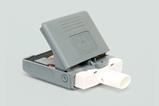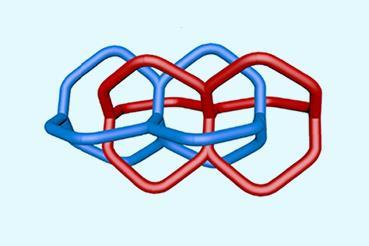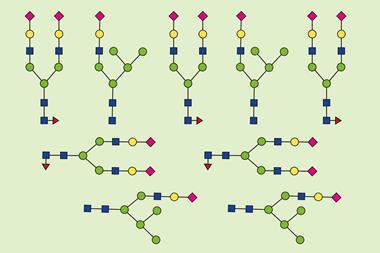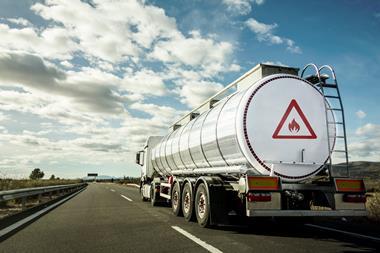The world of drug discovery and development is still largely a numbers game. Despite the growing predictive power of computation, we still need to physically make lots of compounds to explore the chemical space around promising screening hits, and to probe the relationship between molecular structure and biological activity. That means doing lots of (often quite routine) reactions – both to create diverse molecules, but also to optimise and scale up syntheses of the most encouraging candidates.
Lots of people see a huge opportunity here for automation, as I learned at the recent Lab Innovations trade show in Birmingham, UK, where I chaired the Royal Society of Chemistry’s conference programme on exactly that theme.
Yet it quickly became evident from talks by Simon Yates from AstraZeneca (AZ) and Marius Lutz from Roche, that building a robot capable of even the routine tasks a human chemist performs is still a huge challenge.

For example, while synthetic robots have become reasonably adept at handling liquid reagents (largely thanks to the demand from life sciences in protein and nucleic acid synthesis), accurately and consistently dispensing solid reagents is significantly harder to automate. Yates described how his team set up a pre-competitive collaboration with colleagues from several other large pharmaceutical companies to develop new machines and convince commercial robot manufacturers that it was worth investing in developing them.
But robot hardware is only one part of the equation. Robots also need instructions, and they need to integrate with data collection, reporting and analysis software. I was initially surprised to learn that both Roche and AZ had taken on this hard work of software development in-house. However, given the vast array of software environments that have evolved within different laboratories, the differing tasks labs want their robots to do, and the need for total data security, finding commercial software that satisfies all those requirements is even harder.
Translating lab tasks from humans to robots can also include hidden challenges. Anyone who has failed to replicate an experiment described in a paper will be familiar with the unspoken elements of laboratory technique that often aren’t captured in basic written protocols. Using video with live AI analysis – such as the Lumi system developed by Silas Adekunle from Reach Industries – can potentially capture processes more effectively and improve reproducibility, regardless of whether a human or a robot is performing the task.
Used effectively, robots offer huge potential boosts to productivity and consistency, and the next few years will no doubt see some exciting developments - whether in the form of autonomous labmates operating beside humans (like at the University of Liverpool, UK), or Yates’s vision of something along the lines of 1980s cartoon dream machine Bertha.

















No comments yet